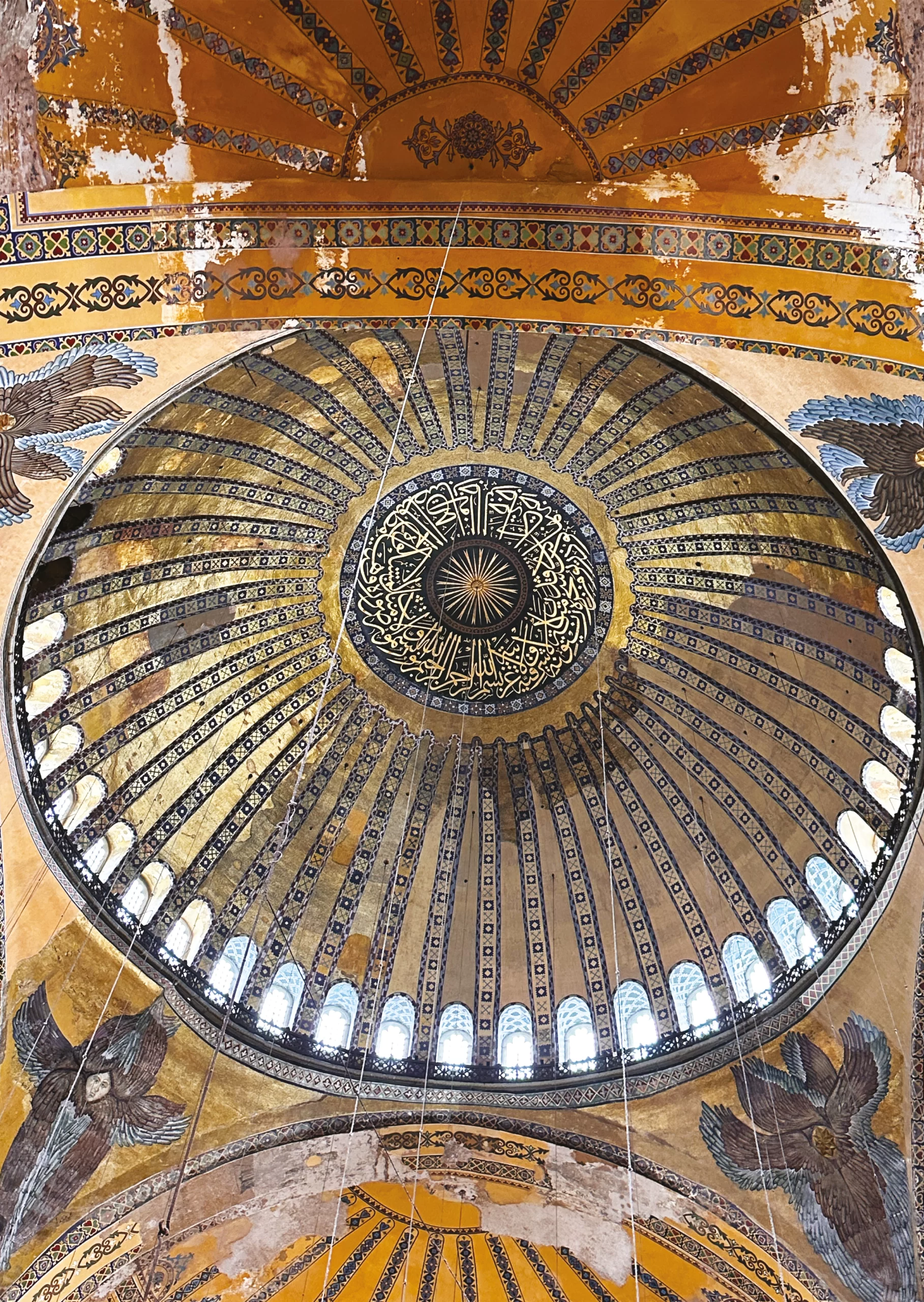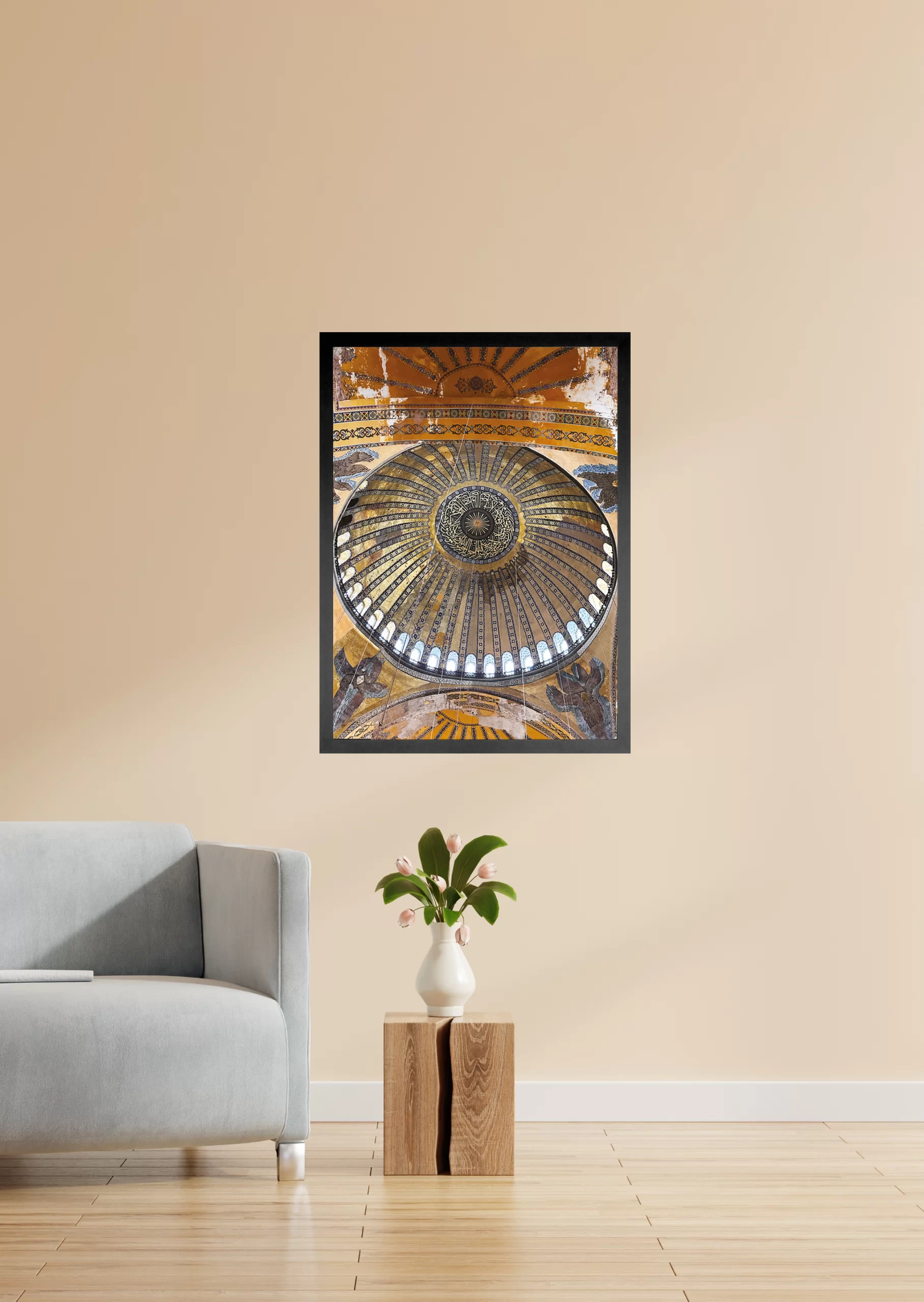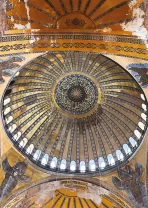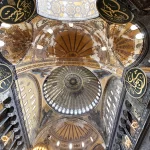
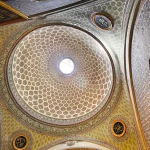
Ayasofia_domesclosup
All our posters are unique and designed and edited especially for Islamique.eu.
Artwork is made with a lot of love, please respect the designer and don’t copy or
Replicate without written consent from Islamique.eu.
We print on 240 grs. Artist grade poster paper.
The paper is thick and has a long durability.
The whiteness of the paper brings the colours to live.
Shipment is in a cardboard tube, be Carefull with extracting the poster from the tube.
€13.50 – €114.16Price range: €13.50 through €114.16
-
 With you in 2-6 working days
With you in 2-6 working days
-
 Free shipping from €65 in The Netherlands & Germany.
Check here for all shipping costs.
Free shipping from €65 in The Netherlands & Germany.
Check here for all shipping costs.
-
 250g/m² premium paper with a matt finish
250g/m² premium paper with a matt finish
-
 Produced with lots of ❤️ in the Netherlands.
Produced with lots of ❤️ in the Netherlands.
Hagia Sophia, also known as Ayasofya in Turkish, is a historic architectural marvel located in Istanbul, Turkey. The structure has several domes, each contributing to its grandeur and unique architectural design. Here are key details about the domes of Hagia Sophia:
1. Main Dome:
The central and largest dome of Hagia Sophia is a masterpiece of Byzantine architecture.
Originally constructed by Isidore of Miletus and Anthemius of Tralles, the dome has a diameter of about 31 meters (102 feet).
The main dome is supported by massive pendentives, which help transition the weight of the dome to the supporting structures.
2. Semi-Domes:
Surrounding the main dome, Hagia Sophia features semi-domes, each supported by smaller arches and columns.
The semi-domes contribute to the overall spaciousness and aesthetic symmetry of the interior.
3. Apse Domes:
Hagia Sophia has apses on its eastern side, each adorned with smaller domes.
The apse domes are part of the sanctuary area and are intricately decorated with mosaics and calligraphy.
4. Exedrae Domes:
The exedrae, or concave recesses, of Hagia Sophia also feature smaller domes.
These domes, along with the semi-domes, create a sense of visual harmony and balance within the architectural space.
5. Minarets:
Following the Ottoman conquest of Constantinople in 1453, four minarets were added to Hagia Sophia. Each minaret is topped with a small dome.
The addition of minarets transformed Hagia Sophia into a mosque, a function it served for centuries.
6. Vaulted Aisles:
Hagia Sophia has vaulted aisles on the ground level, each with its own series of smaller domes.
The combination of domes, semi-domes, and smaller supporting elements creates a multi-layered and intricate architectural composition.
The use of domes in Hagia Sophia reflects the innovative engineering and architectural techniques of its time. The vast open space created by the central dome and the interplay of smaller domes contribute to the awe-inspiring atmosphere within the structure. Over the centuries, Hagia Sophia has served as a church, mosque, and museum, and its architectural magnificence continues to captivate visitors from around the world.
Related Products

